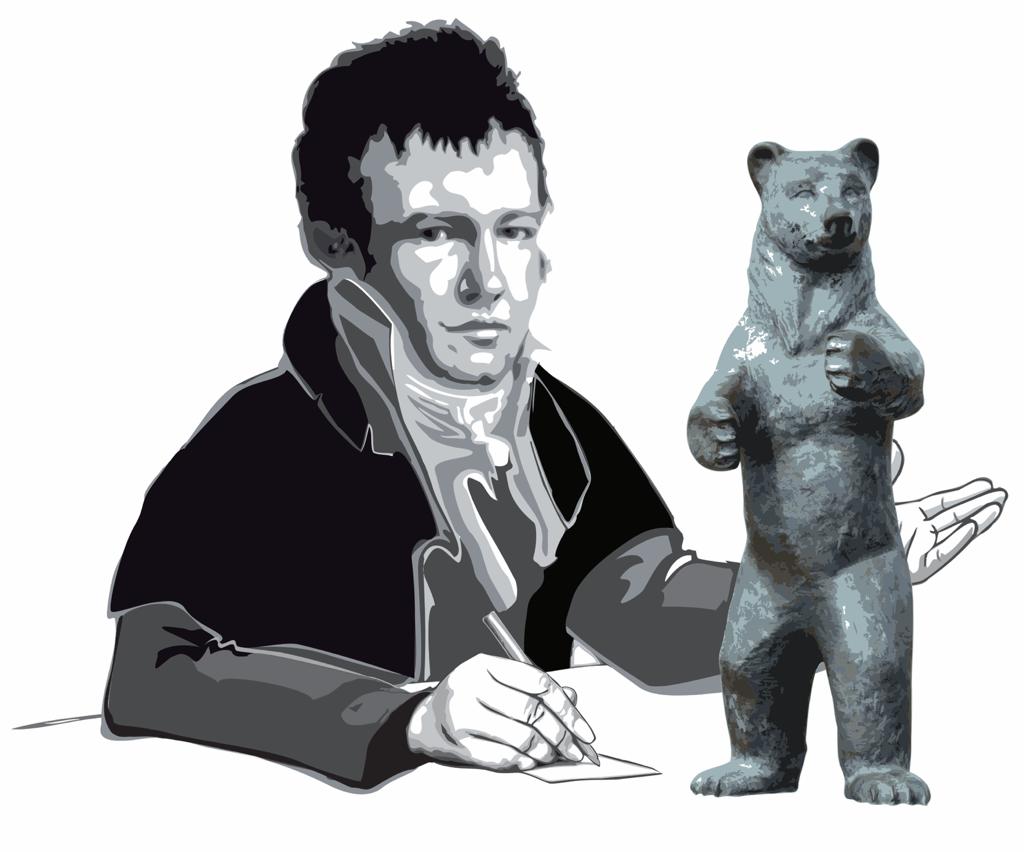Gauss-Telegraph: What defines culture?
by Hui Lin Kong

Intercultural Workshop Winter Semester 2019
Culture is the essence of the society, deeply ingrained and unique to one particular generation. It includes not only the languages, music religions, dress codes but also the food, art and music as well as the jokes and cliches. In short, it represents the lifestyle of groups of people.
Intercultural communication has always played an important role to me, especially because I come from a country where the social conventions are dictated by religions and cultures, with different norms amongst Muslims, Indians, Chinese and Christians. It has significant meaning even in our career life, in order to increase the understanding of culturally mediated communication phenomena.
Many employers nowadays demand for intercultural competence among work-seekers. The question is : how can one achieve and enhance his/her intercultural competence ? The university usually offers a wide range of intercultural training courses and intercultural engagement activities and clubs for the students. Here, at the TU Braunschweig, there are a number of projects that bring interculturality to life.
In the pursuit of intercultural competence, knowledge, attitudes and skills are crucial. Culturally aware, up-to-date with global issues, respect , tolerance, openness, the ability to listen and to relate… All of these allow you to communicate better with your friends or colleagues. However, cultural barriers such as verbal language differences, body language, stereotypes and prejudice are inevitable and one should never stop to educate oneself from non biased sources.
What is the biggest cultural difference that I experienced in Germany/ Braunschweig ? Individualism vs. Collectivism. Individualism is mainly practised in Countries like Germany, USA and Ireland. However collectivism is widely spread in Asian countries such as Japan, China and Korea. With such culture differences some problems might occur, such as misunderstandings. Therefore, it is essential to understand the cultural values and diversity in each country so that when disagreement arises, it could be resolved in a peaceful manner.
Greetings may vary from culture to another and even within the culture itself. How different are the forms of greetings in each country ?
In China, greetings are important and differ according to the places and people. When family members greet each other, they would hug each other whereas the working colleagues would only shake hands with each other.
In Mexico, the women would kiss on each other’s cheeks and give a warm hug when it comes to greetings. While the men would just be cool with their greetings and normally just put their fists together and hug.
In Pakistan, almost everyone would say “Assalamualaikum” to each other, which means “peace be with you”. Close friends or family would also kiss on the cheek but it happens strictly only to same gender.
In Malaysia, greetings differ in accordance with the beliefs and races. The catch-all greeting is SALAM or SELAMAT. Touching the hand to the chest is also a sign of respect.



You must be logged in to post a comment.